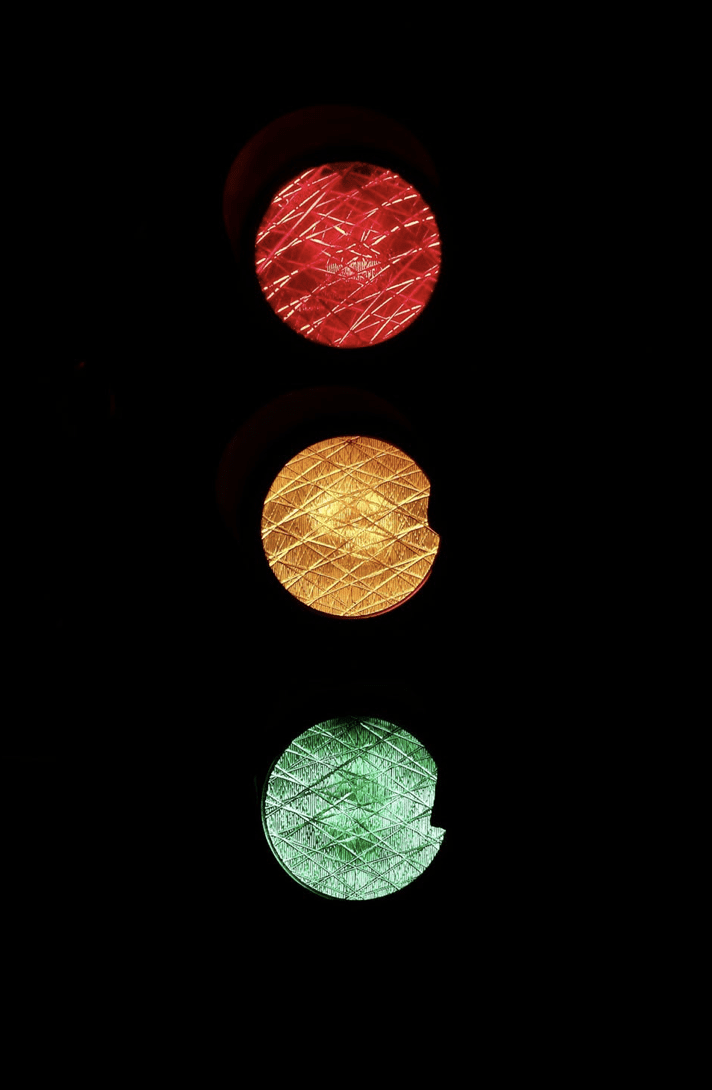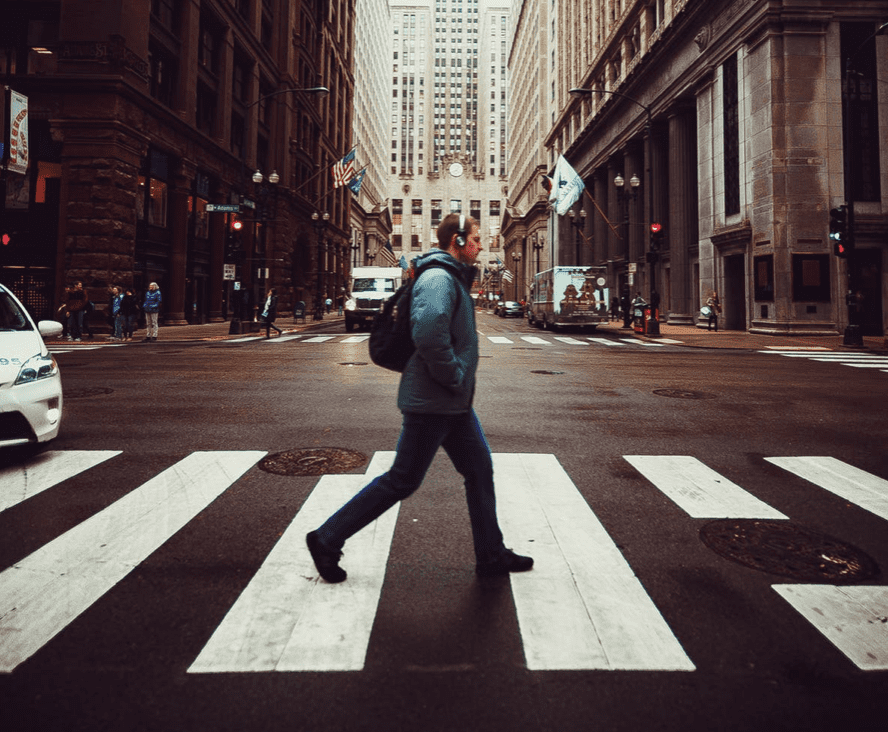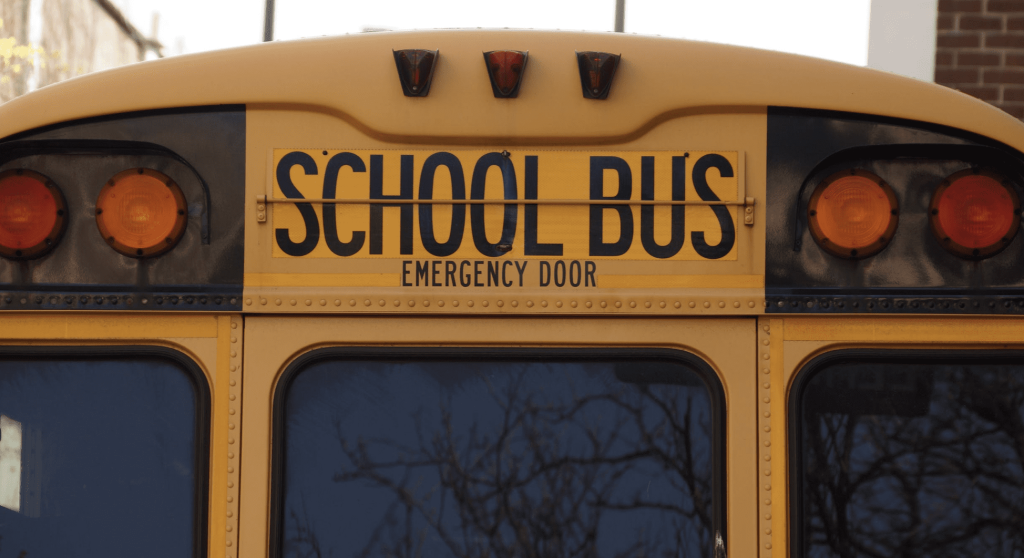Everything that mankind has ever made has been designed. Even things that don’t seem to have intention behind them do – someone had to decide how to make them, after all.
And that includes color scheme.
Everyday things come in particular colors for a reason. Like school buses. Why are they yellow and not red? Or purple? Have you ever wondered?
Maybe it’s because certain colors are more practical, or perhaps an event in history determined the color. Let’s investigate, shall we?
6. Traffic lights

Photo Credit: Pixabay
The standard colors of red, yellow, and green go back to the 1800’s railroad industry. At the time red and white lights were used. Since red indicated danger, it made sense to alert a stop signal with the same bright color. White, on the other hand, meant go.
This wound up causing issues, as accidents would occur when a red lens fell out, leaving the train operator running through what was supposed to be a stop light. To fix the problem, railways soon switched to red/stop, yellow/caution, and green/go. Since green stood out among the others, it made sense.
5. School Buses

Photo Credit: Pixabay
School buses have forever been clad in yellow and black with white flashing lights. This has been enshrined in federal law ever since the 1930s, when a conference of law officials determined that “yellow” would be the official color of school buses.
Originally, the yellow was much brighter. Think lemon bright. But over time orange tint was added to the paint and “school-bus yellow” was born. The color yellow can be easily spotted in far distances in the dark and in a driver’s peripheral, therefore making it the perfect color to protect our children.
4. Zebra Crossings are Black and White

Photo Credit: Pexels, Alex Powell
We all know the iconic photo on the cover of the Beatles album Abby Road, right? The four band members are seen strolling along a wide crosswalk painted in thick white strips atop black asphalt. They are walking across a zebra crossing.
Zebra crossings are pedestrian markings that started in Britain. After the initial surge of motor vehicles at the turn of the 20th century, the UK experienced many pedestrian accidents. The government decided to test out several new types of crosswalk markings, as the original style consisted of metal studs and proved hard to see. The larger more distinct white markers could be easily seen from a distance, and when they were shown to save pedestrian lives, they were quickly adopted.
3. Toilet Paper

Photo Credit: Pexels, Hermaion
Could you imagine using an orange toilet paper? Yeah, me neither! But toilet paper is actually bleached to be white. It has a brownish tint to it when first manufactured.
So why change it? First, it gives the consumer the image of cleanliness (and who doesn’t want that?). And second, trees contain lignin. This gives a rough and rigid feel to the paper. No one wants that touching their nether regions, amirite? The bleaching cycle is double purposed: it both whitens the paper and removes the lignin, making the paper nice and soft.
2. Tires Were Not Always Black

Photo Credit: Pexels, Leo Cardelli
Rubber is actually white in its natural state! Mind blown. And back in the day, tires, which were made of rubber, were white. Sure it may have looked flashy, but there were issues with the color. Apparently, the rubber would crack when exposed to ultraviolet light (which the sun makes plenty of), which mean they’d wear very quickly.
What did manufacturers do? They found that by adding carbon, the tires became more durable.
And also they turned black.
1. Fire Hydrant

Photo Credit: Pexels, Mike Bird
Most of us still see red fire hydrants around the neighborhood. This was the “go to” color decades ago. But times have changed, and now you’ll see them in many colors, like yellow or blue. Ever wonder why?
The colors are meant to provide a “key” as to how much water (by the gallon) can be drawn per minute from any one hydrant. For example, blue hydrants are the most powerful, kicking out 1,500 gallons of water a minute! Wow! And nowadays a red hydrant can produce 500 gallons in the same amount of time.
See? There’s always a reason!






